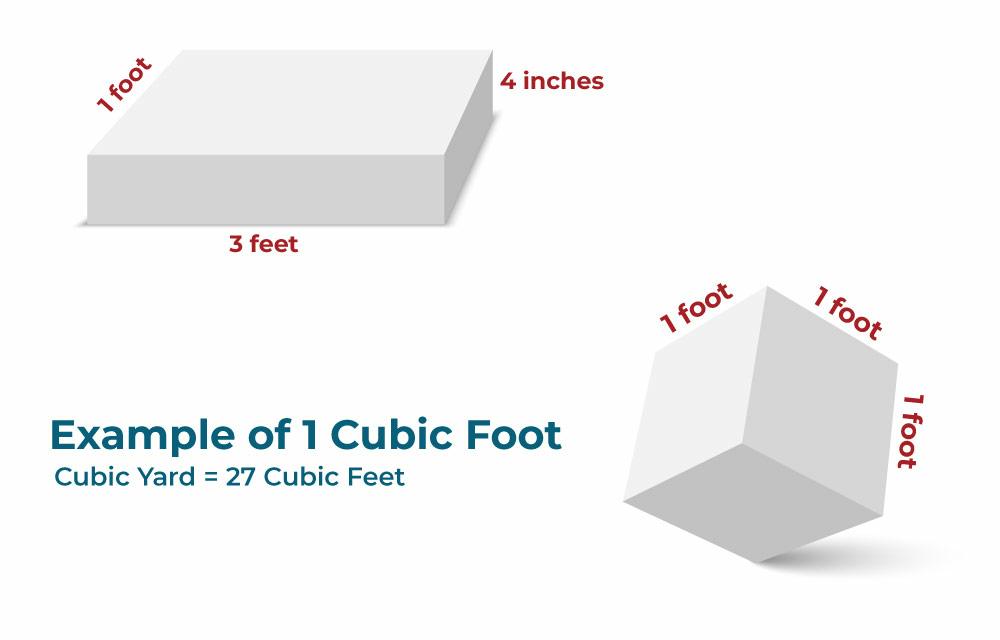In 2017, the state passed SB 2, a law that sponsors say will ease the cost of living in California by providing a sustainable source of affordable housing funding in an industry that relies mostly on single-use money.
Since then, the state has collected more than $1.6 billion in fees imposed on real estate transactions. But by the end of 2021, the state had spent less than a quarter of that total on housing and the homeless.
Five years ago, Senate Pro Tem President Toni Atkins said he wrote SB 2, or the Build Homes and Jobs Act, to “provide much-needed funding for permanent housing with supportive services.” With it, the state collects revenue from fees imposed on certain real estate transactions, such as mortgage refinancing.
Atkins acknowledged the money would not solve the crisis overnight, but said it would bring housing stability and benefit thousands of Californian families every year.
SB 2 will not only help produce more housing, but also help local agencies update their community plans and help lower overall housing costs.
“After today’s vote, I am increasingly hopeful that help will come soon to many of the hard-working people,” Atkins said earlier.
Because of the law, each real estate document required to be recorded by law now costs $75 each, with the total amount capped at $225 for each transaction. The state then distributes the money to local programs and affordable housing projects throughout the state.
The Voice of San Diego found that the state raised more than $1.6 billion by the end of 2021. Only 17.7 percent had been disbursed statewide as of June 30 this year. This has been channeled into two main programs: $144.7 million has been allocated to housing projects throughout the state through the state Mixed Income Multi-Family Loan Program, and approximately $139 million has been disbursed in local aid programs.
People should feel the impact.
“When you see results in the dollars you pay for services, when you can pay into something that changes our circumstances, that improves people’s quality of life … they will thank us for our efforts to provide more affordable housing,” Senator Ben Hueso said after the passage of SB 2 in 2017.
But housing affordability in San Diego has reached crisis levels, and homelessness is San Diegans’ top concern in polls. In the last 10 years, the number of residents who can afford average-priced homes in the county has halved. Today, a typical home is affordable for only 19 percent of the population, according to the California Association of Realtors Housing Affordability Index. And since 2017, demand for apartment rentals in San Diego has increased by about 29 percent.
Voice repeatedly tried to arrange an interview with Atkins. After sending spokesman Doug Case a dollar amount of SB 2 money collected and disbursed, asked to have Atkins “appropriately briefed” at the interview, his office said he would not be available due to the start of a busy California State Legislative session.
Instead, he emailed a statement that SB 2 “remains one of the few reliable sources of permanent funding for affordable housing,” and gives local agencies flexibility when planning how to use the money.
In San Diego County, more than $154 million in real estate fees had been raised by the end of 2021. About 5.3 percent of the funds raised from real estate transactions in San Diego had funded local aid programs.
Agents can access funding for three years, and some may wait until there is a larger amount available for withdrawal. This means that although most of the money has not been spent, its availability allows local governments to plan for future projects.
The state sets aside about 15 percent of SB 2 revenues for the Mixed Income Multi-Family Loan Program, which is intended to address the “missing middle” of the housing industry. These loans were granted for statewide housing projects, including four developments in San Diego County, but the money was not used until after construction was completed.
The Valencia Pointe Apartments are the only completed project in the county so far. Atkins said in an email that the development of 102 affordable and very low-income housing units is a good example of the progress SB 2 has made.
In total, $20.4 million of Mixed Income Program loans have been awarded for four San Diego projects, but these could be a mix of SB 2 funding and other sources of money, according to Chris Saur, a spokesman for the state Housing Finance Agency. Until the loan was disbursed after construction, Saur admitted that he did not know whether the project would use SB 2 money or other funding sources.
“While we don’t technically send money until later, it was that commitment that allowed these units to be built,” Saur said in an email.
Most of the SB 2 funds that were set aside for regional assistance went to the Regional Settlement Allocation (PLWHA). According to the state Department of Housing and Community Development, the award supports “housing-related projects and programs that help address the unmet housing needs of their local communities.”
SB 2 helped fund the second round of the PLHA awards, of which more than $9.6 million has been awarded to institutions in the area. Only about $6.4 million of that has been disbursed, according to the state Department of Housing and Community Development.
Stephen Russell, CEO of the San Diego Housing Federation, said it was a “long-term dream of securing a permanent source of funding”, but that cities could only base their plans on the funds provided to them. If instead states disburse all at once and municipalities can come up with bolder plans, there is a greater chance of preventing homelessness – “one of the most critical humanitarian problems of our time,” Russell said.
“It is very difficult to plan, especially in a sector that relies on five to seven years of work as the life of the project, from site acquisition to ribbon cutting,” says Russell.
Cities are asked to present five-year plans for the use of their funds, and awards are given based on the population size of an area and the level of needs of low-income residents. Russell gave the example of the National City, which was awarded $611,141 in Permanent Local Housing Allocations in 2020.
“If instead of 600,000 National City owed three years of that, then that could actually be a very different and meaningful amount of money that could have been used differently,” Russell said. “If you know you’re making money year after year, you can plan for it differently.”
Ginger Hitzke, affordable housing developer and San Diego County Planning Commissioner, said it’s “not always bad” for an agency to let some money pile up if it allows the state to provide the right amount for larger projects later.
What Real Estate Fees Helped Fund So Far
Only 45 local agencies in the state did not apply for SB2 grants. On the same subject : Local Financial Planner Shares Advice Through Books | Features | themercury.com. Another 494 venues have received funding or have applications under review, according to the state’s Grant Planning and Local Housing Strategy Map.
Most of the SB 2 funds are used for the Planning Grant Program, most of which is used to update land use plans to meet the needs of an area. The program provides funding and technical assistance to help agencies “prepare, adopt, and implement improvement plans and processes that streamline housing approvals and accelerate housing production.”
In the first round of SB 2, half of the funds were set aside to “target the homeless” and the other half to local planning and technical assistance to “streamline development.”
Hitzke says one way SB 2 can help streamline housing development is by bypassing public review of planning permits.
According to Russell, the city of San Diego has done what most municipalities in the county and counties themselves haven’t done: update its land use code to meet project criteria that can bypass the public decision step and build housing “in far less circles.” .” Russell says local departments are often “tight,” and SB 2 funding for planning and technical assistance can help cities work efficiently amid changing housing laws.
SB 2 also funded the second round of the California Emergency Solutions Housing (CESH) program. From July 2020 to June 2021, the program reportedly served 142 people at risk of losing their homes, 39 people who were homeless and 11 elderly people, as well as providing housing for 73 minors.
In the second round of SB 2, 10 percent of the funds were allocated specifically for housing farm workers.
Now, the Mixed Income Multi-Family Loan Program expects to put about $65 million into SB 2 fund-assisted statewide projects for 2022. According to local appraiser taxpayer Jordan Marks, San Diego is likely to collect less fees. in 2022 due to rising interest rates and lower refinancing amounts.
Local governments will have until the end of this year to apply for the state’s third round of funding.
Russell said that going forward, he would like to see “every dollar” of the SB 2 go to affordable permanent housing.
“As a citizen, I mean, it’s heartbreaking,” Russell said. “From a professional point of view, my sector is building permanent support housing. That is, we believe the answer for homelessness, the only solution for homelessness, is home.”




